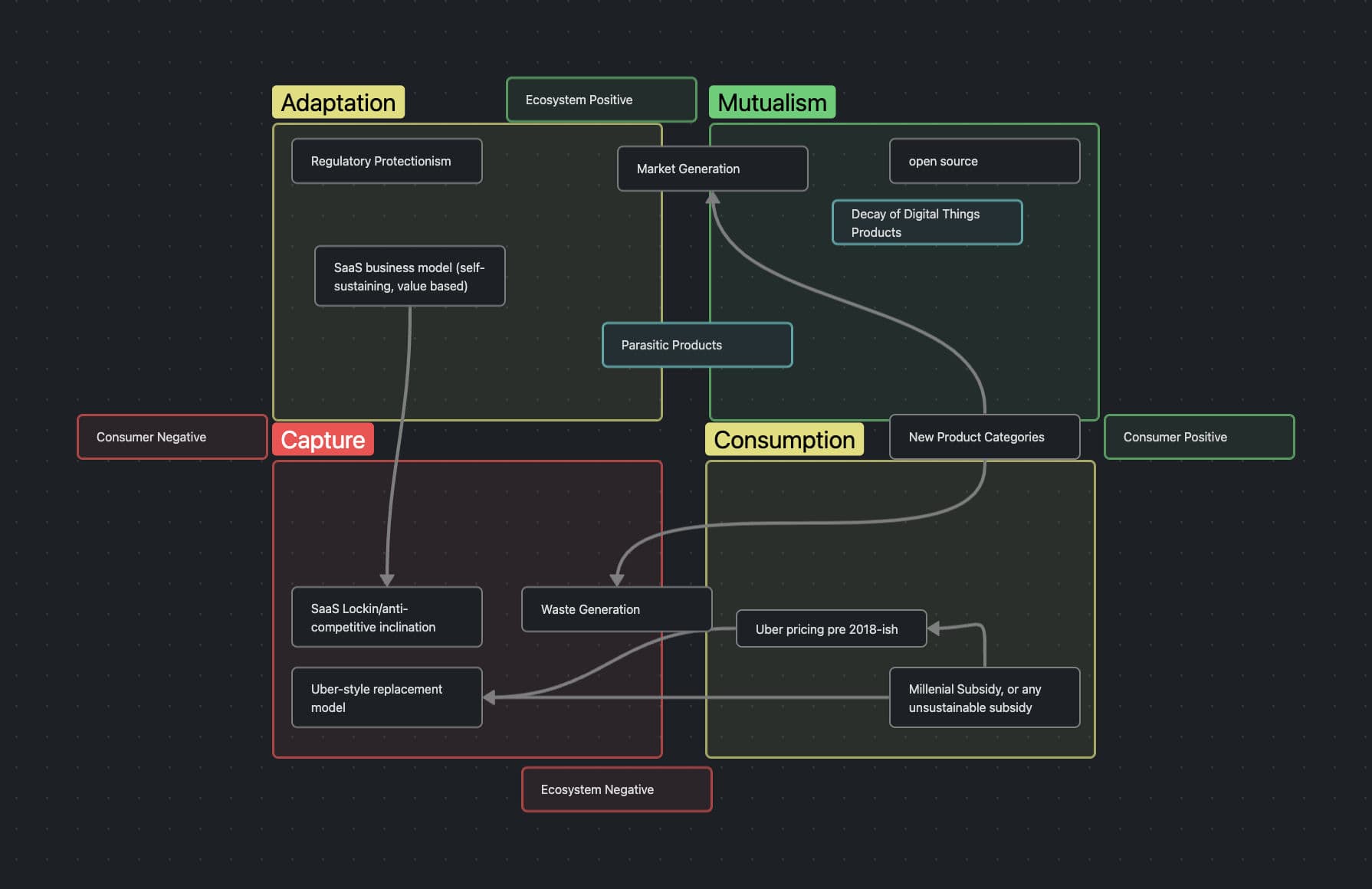andrewlb notes
A twice monthly newsletter on technology, strategy, and design. I draw a lot of inspiration from political science and military strategy, research methods, and business theory. I really like making things.
No Such Journey
Self help and consumption communities sell us journeys to become something we aren't. This isn't the way. There are some cleaner ways to realize ambitions, starting with discarding the narrative.
Mining Towns
Looking at the systems behind community identities, and how those identities are subverted and leveraged for profit. It's not great, folks.
Parasites, Symbionts, and the Scabs
Parasitism, or a way of thinking about products that will hopefully prevent you from unleashing something evil.
Building within an Ecosystem
A short (and evolving) writeup about building a rehype plugin in typescript
Featured Posts
Automating Research Recruiting
How to think about and implementation automation in a user research recruiting process.
Professional Warning People
A quick look at strategic warning intelligence and the professional Cassandra
















